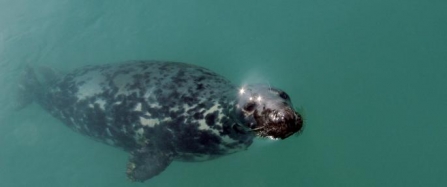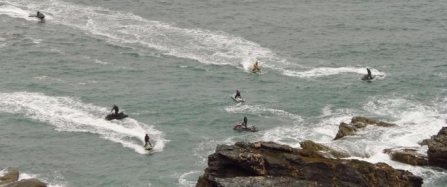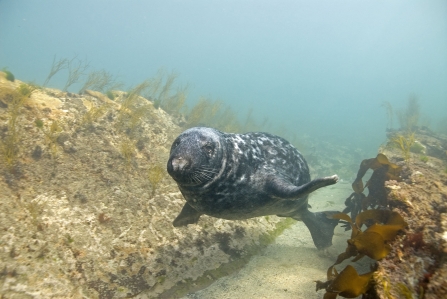Whether it is inspiring the next generation of young people through the Your Shore Beach Rangers project, recording wildlife sightings as part of Shoresearch or Seasearch or influencing positive changes through government consultations and working with partners, it’s this dedicated team of staff, volunteers and local marine groups who are the eyes and ears on the ground (and in our waters).
Each year The Wildlife Trusts collates a marine review. This UK-wide review highlights the good and bad news for the marine life in our waters. To dive a little deeper, we have produced a Cornwall-specific marine review, which gives a picture of the current state of our seas.



